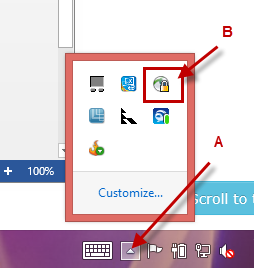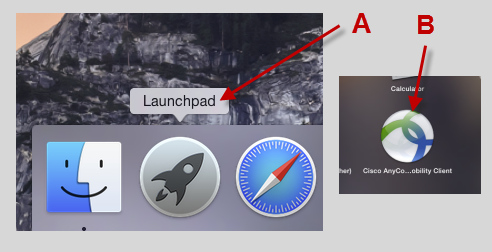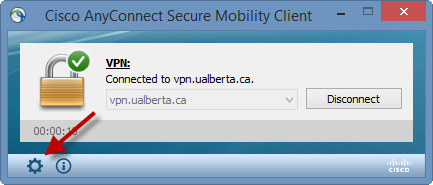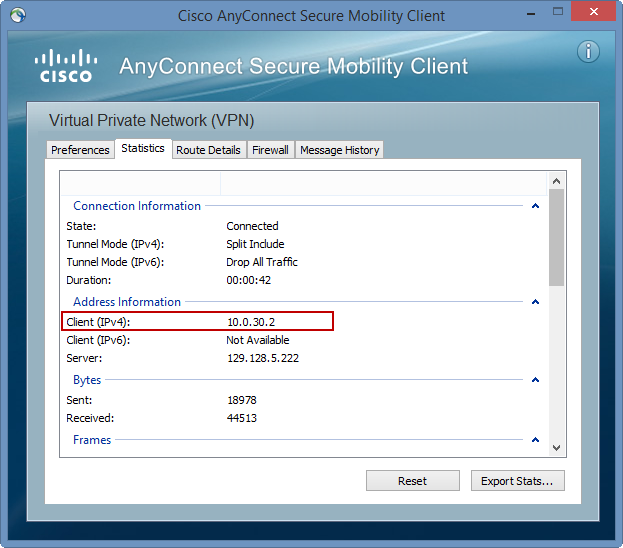Central VPN Service - Overview & FAQs
Introduction
This article will provide an overview of the Central VPN (Virtual Private Network) Service and answers to some Frequently Asked Questions (FAQs).
The article does NOT describe how to install the Cisco AnyConnect client. Please see KB0012158, which details this installation.
IMPORTANT: Campus VPN is NOT a requirement to connect to your work from home. Review the Connect to Your Work From Home article to see what is best for you.
Due to increased demand on the VPN as a result of the COVID-19 situation, we have had to modify which services are available via the VPN. Traffic to Bear Tracks, eClass, and library resources will NOT use the VPN tunnel. Please do not connect to the VPN if you are only using it to reach one of these services.
Applicability
The article is intended for both the whole campus community and for IST technical staff.
For IST staff, please see the Internal Notes field for additional information.
Details
Frequently Asked Questions
1. What is the Central VPN Service?
The Central VPN (Virtual Private Network) Service is designed to provide University of Alberta staff, students, and affiliates with a secure connection to campus resources. For more information on VPN's, please visit https://en.wikipedia.org/wiki/Virtual_private_network
2. Who can access the Central VPN Service?
All employees, students, and guest CCID holders may access this service. You must have a current relationship with the University of Alberta in order to use the Central VPN.
3. How do I access the Central VPN Service?
For information on downloading the VPN client and connecting to the service, please follow the steps in KB0012158.
4. My username and password aren't working to connect to the VPN.
Confirm your password at https://myccid.ualberta.ca/check
If your password is correct on the MyCCID page, and you have an active relationship with the University of Alberta, please contact the IST Service Desk. Note that some CCID holders will not be able to log on to the VPN. These include applicants to the University of Alberta and individuals who no longer have active affiliation with the U of A.
5. I can connect to the VPN, but I cannot access my work computer remotely.
This is expected behaviour. The VPN service is primarily to allow access to campus-wide services such as reporting tools that are not normally accessible from off-campus.
Department specific services such as Remote Desktop and file servers may not be accessible.
6. I am a student, but also an employee. Which VPN will I be using?
You should be connected to the Employee VPN. To determine which VPN you are connected to, please see FAQ #7. If you are an employee, but are being connected to the student VPN (or not being connected at all) please contact the IST Service Desk.
7. How do I tell which VPN I am connected to?
Open your Cisco AnyConnect Client
On Windows:
A. Expand the list of active programs in your task bar.
B. Right-click the "AnyConnect" icon as shown in the following screen shot:

C. Click "Open AnyConnect".
Proceed to "Opening the Statistics Tab" (below the Mac instructions)
On Mac:
A. Open the Launchpad from the dock at the bottom of the desktop.
B. Open the Cisco AnyConnect application.

Opening the Statistics Tab
Once your AnyConnect client is open you will see the screen shot below. Click the "gear" icon.

Look in the "Client IPv4" field, as shown below:

You should have an IP address within the following ranges:
Employee VPN: 142.244.54.4-142.244.55.250
Student VPN: 10.0.8.2-10.0.9.254
Guest VPN: 10.0.27.2-10.0.28.254
If you believe you are on the incorrect VPN, please contact the IST Service Desk.
8. I get an error message when I try to use the Mac VPN client.
Make sure to follow the instructions when installing the software for Mac. There is an extra step in this installation as compared with the other VPN client installations that ensures only required modules are installed. If you do not complete this step, the VPN will give you an error message.
9. After upgrading to Windows 8, 8.1 or 10, the VPN client no longer works or disconnects frequently.
The VPN client does not migrate properly when doing an in-place upgrade to Windows 8, 8.1 or 10. You will need to remove the client and re-install it to fix this issue.
10. I get an error message when I try to install the Chrome OS on my Chromebook, or my VPN client on my Chromebook is very slow.
Make sure you are following the instructions when installing the software for Chrome OS. There is an extra step in this installation as compared with the other VPN client installations. If you do not complete this step, the VPN will not work correctly.
Chrome OS must be version 43 or higher. AnyConnect will not install if your ChromeOS version is older.
Automatic Reconnect is not currently available in the ChromeOS AnyConnect client. Any disruption to the wireless connection will require the VPN to be manually re-enabled. This is most often caused by closing the lid of the laptop.
Slow network performance will be noticed on older, low end Chromebooks. Unfortunately there are no workarounds for this issue.
Keywords: support central vpn vpn.ualberta.ca general information @context connecting connection tunnel split tunneling student staff cisco anyconnect frequently asked questions service desk help